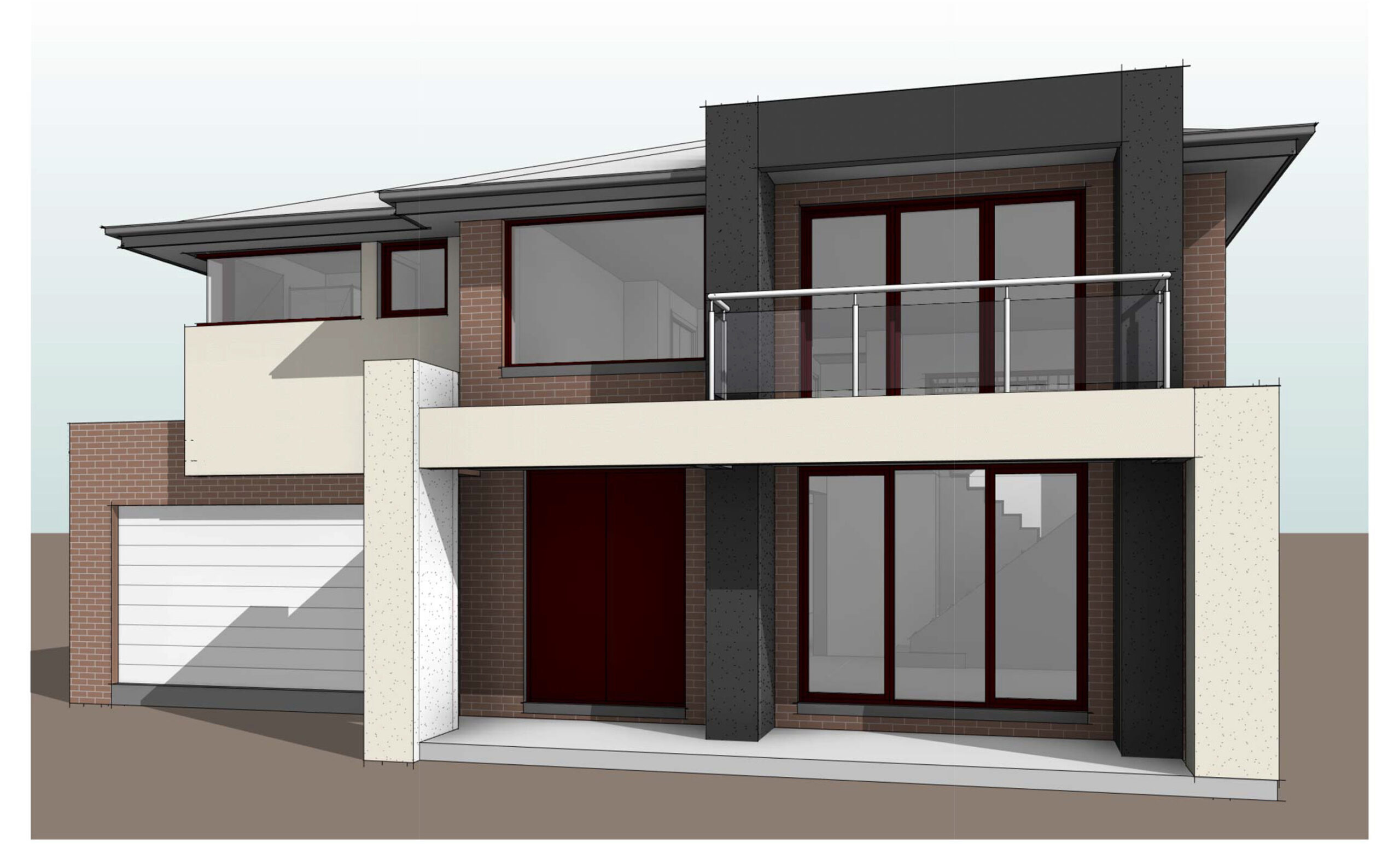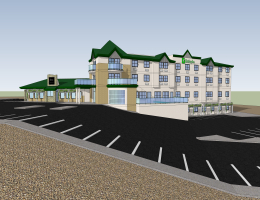The Architect’s selection for Retail Space Planning: REVIT ARCHITECTURE
Posted on : May 04, 2022
Revit Architecture, important Autodesk software, is worn for corporeal retail space apparition by modelling sensible materials, colours, textures, and shape. This luminous tool enable retailer and other business to replicate how customers would interrelate with gap across key layouts, with Grid, Loop, Free-Flow, and Herringbone, which are selected depending on movement paths, promotional items, evolution zones, and more. Down with this, with a numeral of design skin, Revit in retail help with each facet of space planning and is a confirmed tool for architects, designers, and retailer.
Revit Architecture in the Retail Space Planning Process
While it come to how to use sell space planning, architects favour Revit Architecture since of the ease of creating 3D models and its sensitive loom to the space planning process, such as crucial the spaces, insertion walls and paths, insert fixtures align to the floor plan. It also helps offer consistency and organization during the project design, such as if a vendor decides to change the layout, exact spaces can be energetically modified by changing one or additional basics. For instance, if a whole wall is detached, the wall’s light fixtures will also be delete.
Key feature-loaded benefits of Revit Architecture that make this a favourite of architect and designers for Revit architecture design and space planning:
- Features to make disgusting building objects within the model Architects can mechanically create gross structure objects within exacting building levels, such as external walls, and easily set them as detailed boundaries. This improves accuracy in convert real-world dimensions and structure into the design process.
- Allow enclosure of building objects within the model When create models of definite buildings, like a retail store, architects can offer actual uniqueness of structure objects and adjust how those objects interrelate with one another. skin such as an elevator, door, or escalator with moving parts that depend on spatial factors to work properly and necessitate an clear placement, can be accurately simulated and conceptualized.
- Apparent mark of the plan by adding area parameters Architects can specify precise areas, sections, or rooms inside the explain design, which can be obviously marked, such as urban setting up, architecture, or civil engineering. The ethics are also routinely adjusted or generate when a new area is extra to space, for accurate area schemes that will effectively translate to real-world scenario.
- Color coding with section legends A color-coded fable can be shaped to better describe parameters, like department, within the trade store layout. This additional helps team of architect stay matched during design stages and provides an understandable diagram format when present designs to the trade business for appraisal or criticism.
- Area preparation for quantify space allocation enable in turn to be mechanically formed, manage, and tag by level, border, or area type. The preparation aspect reduces time exhausted modifying physical property during the intend process and rapidly verify model correctness.
- Making of parametric elevations A time-saving profit that allow design views to occur as the picture happen compare to conventional CAD methods where elevation have to be urbanized from scratch and transfer from the plan views. With a structural basis placed on an elevation,
- Challenging designs within tight timeframes Architects can make publish, and divide explicit design section within action compare to conventional 2D CAD process, which necessitate upwards of partially a day.




